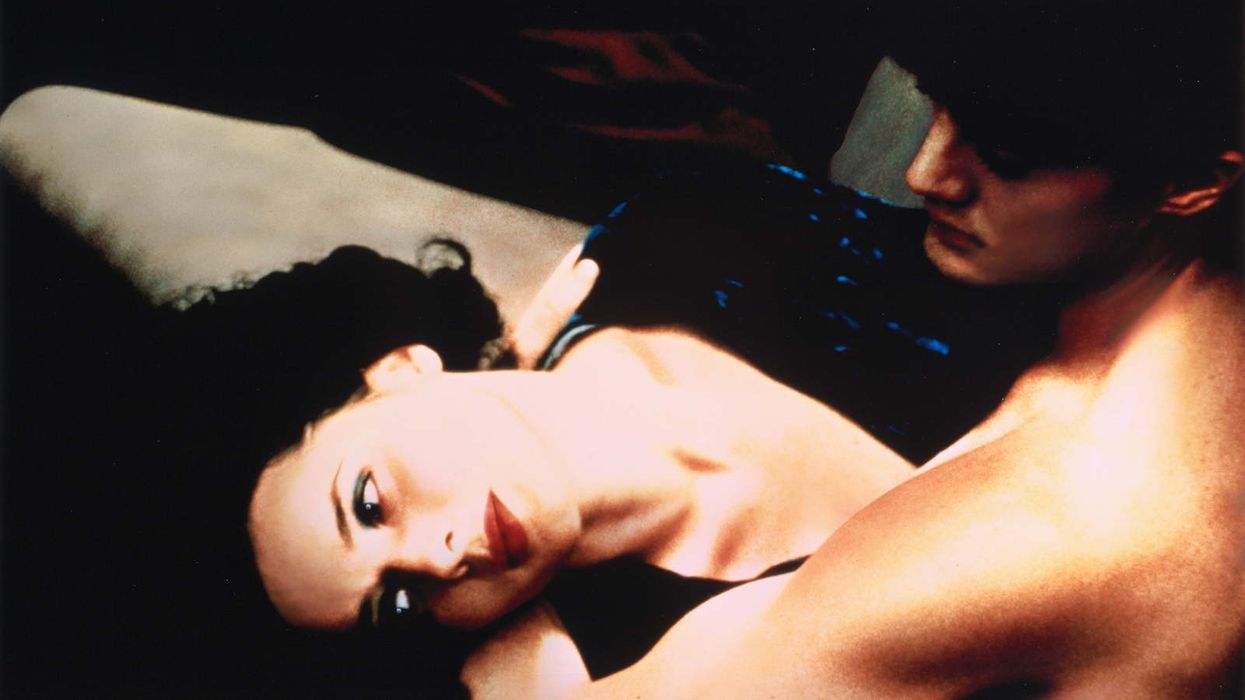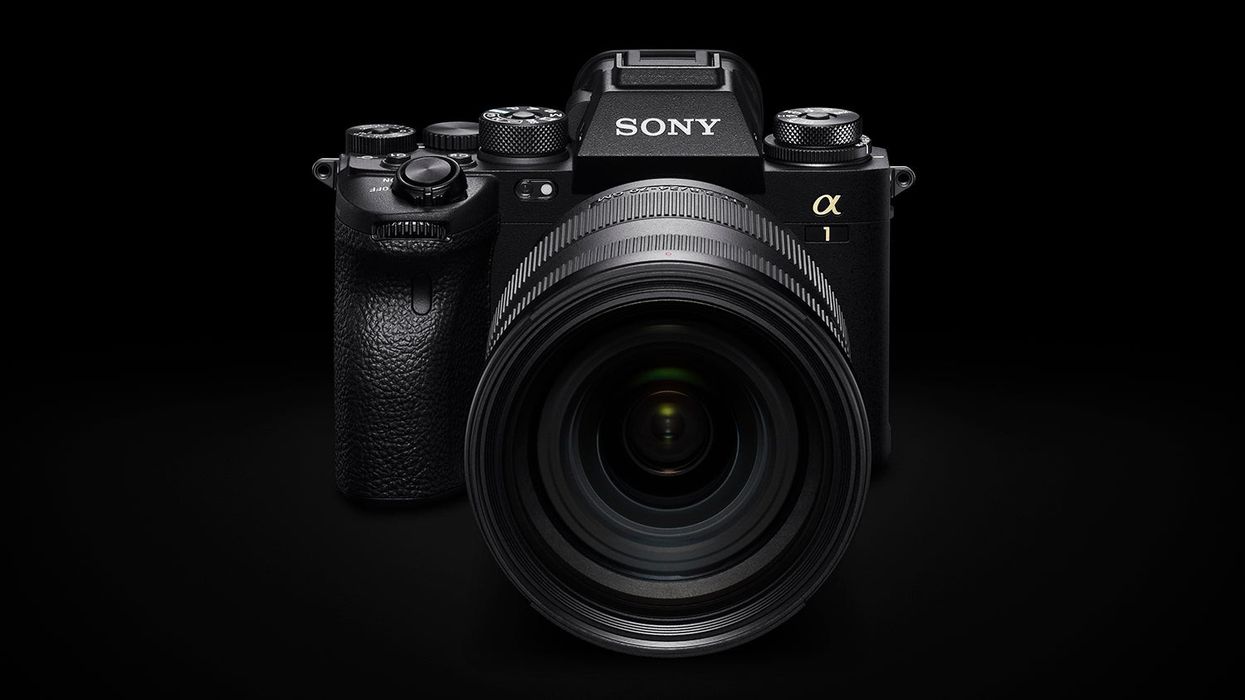Watch: David Lynch's Visual References and Aesthetic Design (NSFW)
For David Lynch, it all begins with an image.

In the cinematic worlds of David Lynch, image is king. Like a true surrealist, the auteur crafts his films with an aesthetic language that moves between dreams and reality; in one scene, a stark realist shot can transmogrify into a bizarre, even haunting, dreamscape.
As a new video essay from Andreas Halskov points out, Lynch draws much of his visual inspiration from art history. His imagery, however enigmatic, has roots in famous films, photographs, and works of art, such as Edward Hopper's "Chop Suey" (diner scene in Blue Velvet), James Whales' The Bride of Frankenstein (the hair in Eraserhead), Otto Preminger's 1944 film Laura (the photograph of Laura Palmer in Twin Peaks), and surrealist artist Rene Magritte's "Decalcomania," to name a few.
Lynch also borrows heavily from baroque iconography imagery, a movement that utilized allegories to express complex scenes. Lynch himself has pointed to Francis Bacon, a 20th-century British-Irish painter known for bold, grotesque, and emotionally-charged imagery, as a direct influence.













